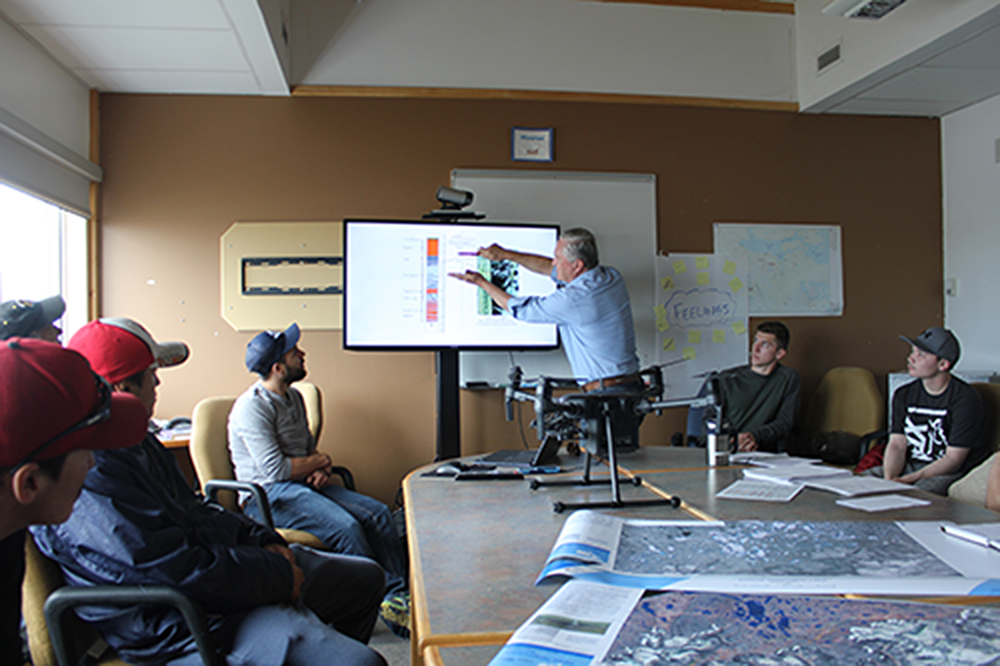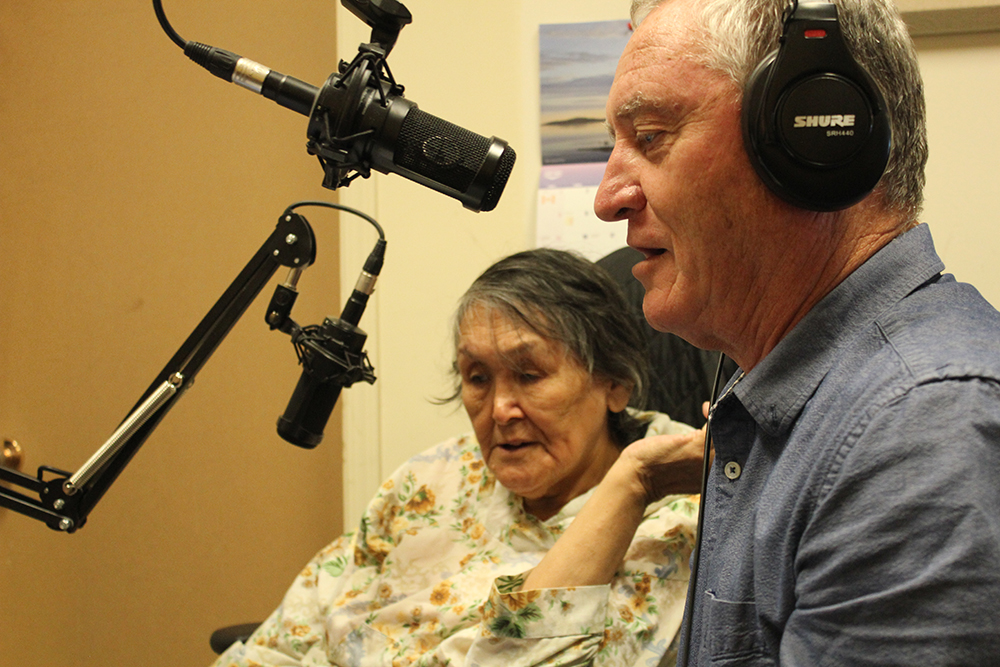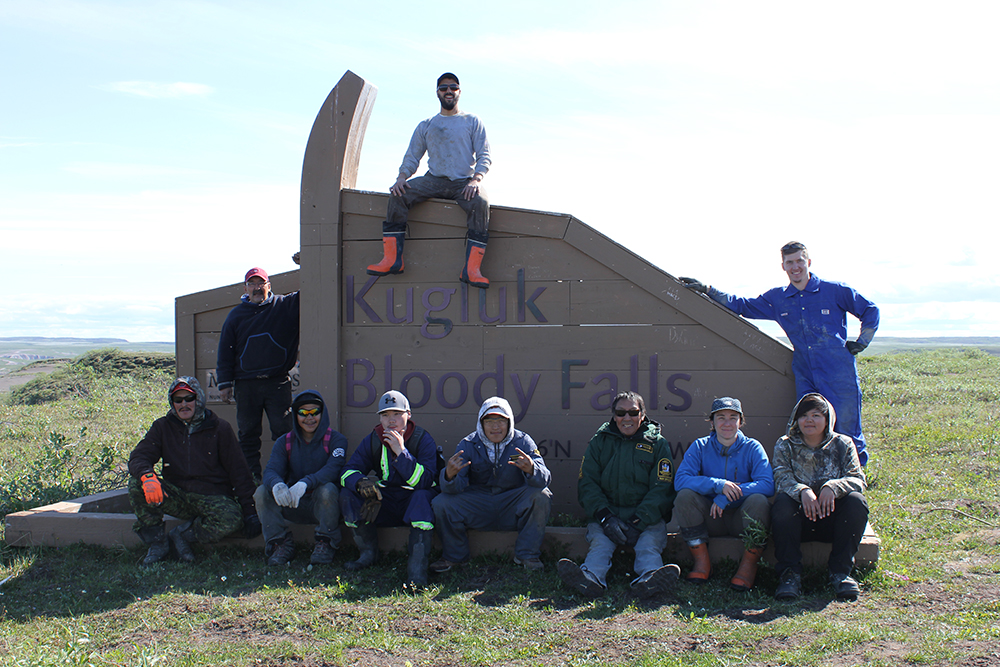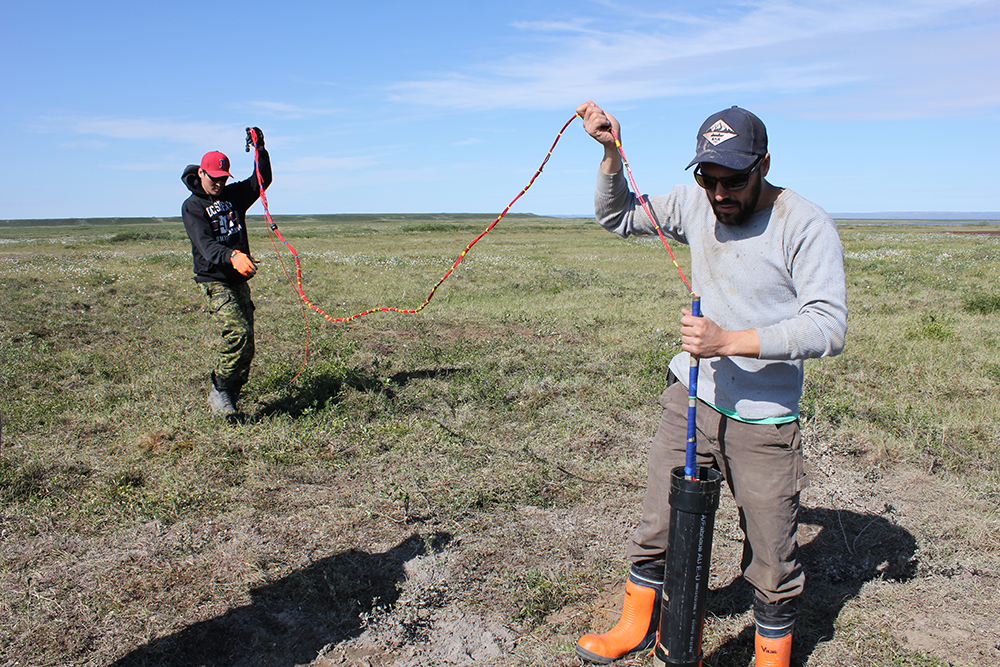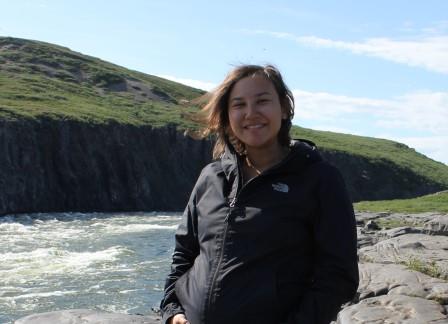OVERVIEW
Kugluk Territorial Park along the Coppermine River has been experiencing significant changes due to eroding land and thawing permafrost. These changes have been impacting the stability and safety of the ATV Trail going into the Park, causing the need to move the ATV trail. The Kugluk Community Joint Planning and Management Committee (CJPMC) is concerned about the negative effect of these changes and they are interested in finding a long-term solution to these climate change impacts.
The Climate Change Secretariat (CCS) and Nunavut Parks and Special Places (NP&SP) with Laval University’s Centre d’études nordiques (CEN) and POLAR Knowledge Canada are working together to address the concerns of permafrost thaw and river erosion in Kugluk Territorial Park. The overarching goal of this project is to improve access to the land for Nunavummiut, specifically those individuals and families that travel to and through Kugluk Territorial Park and to other hunting grounds. This is a multi-year project with funding support from Crown Indigenous Relations and Northern Affairs Canada’s Climate Change Preparedness in the North Program.
To learn more about each of the years’ worth of work, click on the various years below.
2018 Field Team
2017 Summer Field Season
In the summer of 2017, project partners travelled to Kugluk Territorial Park. During this time, field work was conducted in the park with the help of locals and youth. One Elder and four youth from Kugluktuk and one youth from Cambridge Bay were hired to assist with the field work. One Grizzly bear monitor was also hired to provide protection. During the field work, different methods were used to monitor permafrost changes in the park.
Methods include:
- Inserting permafrost monitoring equipment into the ground to measure ground and permafrost temperatures
- Collecting ground samples to find out what the ground is made of (ex: sand, rock, peat, mud, and clay)
- Inserting land markers to measure the erosion along the river
- Using aerial photos from different years to see how the land and water has changed.
On Parks Day in Kugluktuk, the field team hosted a table to show and tell people in the community about the work they did at the park.

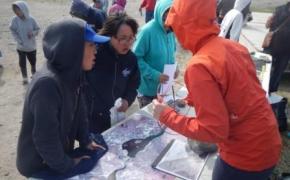
2017 Winter Field Season
In October 2017, permafrost researchers along with Parks staff and Frank a CJPMC board member went back to Kugluk Territorial Park to connect a data logger to the permafrost monitoring equipment that was placed in the ground during the summer field season. The data logger is able to collect ground temperatures every hour, every day for several years.
2018 Winter Community Visit
In February of 2018, the CCS, NP&SP, and CEN traveled to Kugluktuk to meet with, the CJPMC, the Hamlet, HTO, KIA and community members. During this time CEN presented about the work they are doing in the park and what they have found so far with the monitoring methods they used. After CEN’s presentation, the Kugluk CJPMC met to talk about what steps are next in the project and begin planning for the next field work.

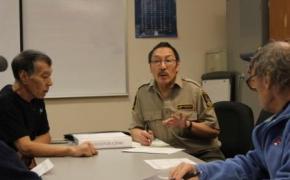
Radio Show
One of the highlights of the trip was hosting a radio show to talk about climate change in Nunavut, permafrost issues, and to share the initial findings and research from this project. The phone lines were also opened up to the community. Community members called in and provided observations of climate change that they’ve experienced and asked questions about the project.


2018 Summer Field Season
In the summer of 2018, project partners travelled back to Kugluk Territorial Park to conduct phase two of the field work. Five local Inuit were hired: one elder to provide traditional knowledge of the area and assist with the archaeological scan; three youth to assist with the physical field work and one bear monitor to provide protection. Youth that were hired gained knowledge and field skills that they can use in other jobs for the future. During the field work, different methods were used to monitor permafrost changes in the park. Some methods were similar to last year, some are new.
Methods include:
- Inserting permafrost monitoring equipment into the ground to measure ground and permafrost temperatures
- Collecting permafrost core samples to see what type of permafrost is in the ground
- Conducting an archaeological field scan of the area to make sure if any artifacts are found that they don’t get damaged
- Flying a drone to get aerial footage of the park to make a 3D map, that will help monitor changes in the land and water
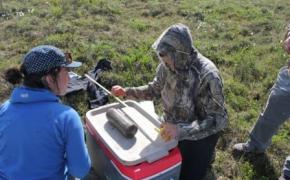

Open House / Movie Night
During the 2018 field season, project partners held an open house/movie night for the public. Community members were invited to the community complex to meet the researchers, learn more about the project and watch two films about climate change. One of the documentaries featured interviews from 2017 field staff! A raffle was held and many people went home with Climate Change hoodies and T-shirts.

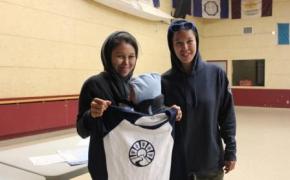
NEXT STEPS
The next steps of this project is to head back to Kugluktuk in the fall to meet with the Kugluk Territorial Park’s CJPMC members and other project partners to present the findings of the 2018 field season. During this meeting project partners will also discuss next steps in this project.
Meet Our 2018 Field Team
Parks staff
Gerry – Parks Staff

Larry – Parks Staff

Local Field Staff
Frank – Elder Field Assistant
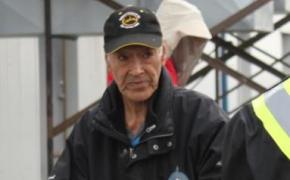
Zarchary – Youth Field Assistant
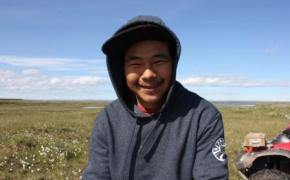
Matthew – Youth Field Assistant
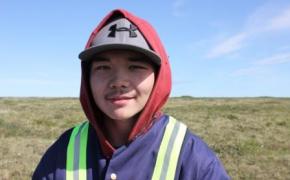
Andrew – Youth Field Assistant

OJ – Bear Monitor
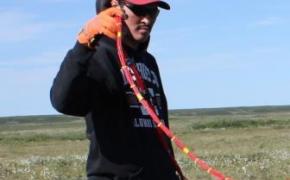
Researchers
Michel – Lead Permafrost Researcher from Laval University

Marc-Andre – Permafrost Researcher from Laval University
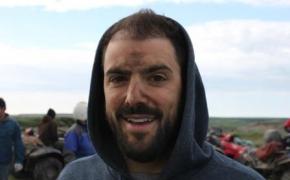
Samuel – Undergrad Student from Laval University

Stephanie – Permafrost Researcher from POLAR Knowledge Canada
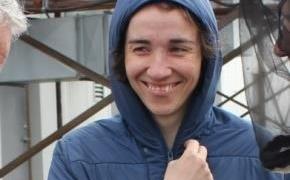
Aili – Field technician from POLAR Knowledge Canada

Climate Change Staff
Jennifer - Climate Change Staff

